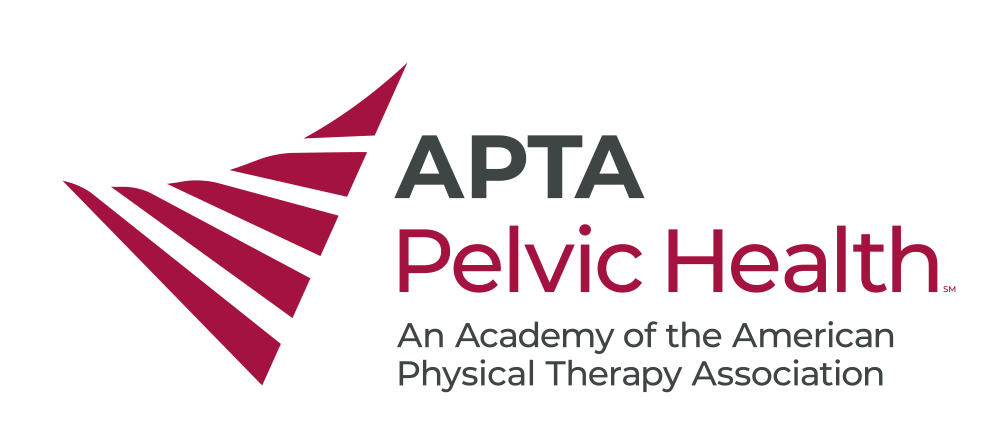Recognizing that Pelvic Floor Therapy is a Privilege
“Just go to pelvic floor physical therapy!”, is a common phrase that I hear and see so often as I now venture into the field of pelvic health. As a newly graduated physical therapist, the media that I consume has become saturated with all things physical therapy, including pelvic health. It serves its purpose as I continue to navigate being a new clinician and pelvic floor therapist. But this is my exposure, not everyone else’s.
I currently work in the Bronx, and for those who aren’t as familiar with New York, the Bronx is home to a variety of ethnicities, cultures, and racial backgrounds, many of which are marginalized. According to the United States 2023 Census, the ethnic/racial makeup of Bronx County is: 55% Hispanic/Latino, 29% African American/Black, 8% White, and 4% Asian. The median household income in Bronx County is $46,838, compared to the national median household income being $77,719. There is a reported 27.9% of persons living below the poverty line compared to a reported national average of 12.5%. Regarding educational attainment, 23.5% of individuals in the Bronx have earned a Bachelor’s Degree or higher compared to the national average of 36.2%.1 Why are all of these specific numbers from specific demographics even relevant to the topic at hand? Because in my experience, unfortunately, racial minorities, lower socioeconomic status, and lower educational attainment populations are less likely to be served in the setting of pelvic health physical therapy. In fact, according to a cross-sectional study posted within the Journal of Obstetrics and Gynecology in 2022, Hispanic women, African American women, and other women of color (in order from least likely), were least likely to be aware about pelvic floor disorders compared to the participants that identified themselves as White/Caucasian. 2 This qualitative research emphasizes the racial disparities that exist within the pelvic floor patient population that I see firsthand.
I couldn’t help but to notice the stark contrast of active participants in pelvic floor therapy in the Bronx, compared to Moorestown, NJ, where one of my clinical rotations took place. Conversations about pelvic floor therapy felt like less of a surprise for my patients, as they had likely already heard of it before. I even had the opportunity to work alongside a pelvic floor therapist at a satellite clinic because of the high exposure of pelvic floor patients that I would receive. This clinic even had a waitlist! Of note, Moorestown, NJ is known for being a more affluent area. Using the same demographic categories that I used for the Bronx from the United States 2023 Census, Moorestown, NJ is: 76% White, 8% Asian, 6% Hispanic/Latino and 5% African American/Black. The median household income is $154,368 and there are a reported 5.7% of person that live below the poverty line. Regarding educational attainment, 68.7% of individuals have earned a Bachelor’s degree or higher. 3 So, it is no secret that these demographics point to overall higher socioeconomic status for the average person living in this part of NJ. A noticeable difference from that of the Bronx. And uncoincidentally, these individuals are more likely to afford access to more niche and specialty healthcare services to include pelvic floor physical therapy.
What I say now may ruffle a few feathers, however, it is important to acknowledge. Pelvic floor physical therapy is a privilege. Having the means to afford paying out of pocket at a private practice, or having the time to consistently attend follow-up appointments is a privilege. Honestly, even the awareness that the field of pelvic health even exists is a privilege.
This is a very long-winded way of me saying that representation matters. There were a handful of patients that I have treated now or during my clinical rotations that have explicitly shared with me that they have never worked with a physical therapist, let along a pelvic physical therapist, that looked like me, whether it came from a place of immediate relief or a place of prejudice. Either perspective, it made me proud to be in a position where I could feel myself making an impact. On a larger scale, these interactions seem so miniscule, but to me, they feel monumental.
So, is there something that needs to be done about this information that I shared? Absolutely! There are undeniable healthcare disparities that exist, even in the field of pelvic health. Advocacy for populations that are disenfranchised can be broken up into 3 different categories: 1) Action 2) Support. 3) Listen.
Action is about going out of your way to advocate for individuals who aren’t able to do so themselves. This can mean including marginalized populations in conversations during professional events such as the Combined Sections Meetings, or during APTA Pelvic Health’s Virtual Pop-up Events. Action can also mean organizing community learning events that are easily accessible to all members of our communities.
Support is providing assistance or resources to those that are interested in pelvic floor therapy or are already being treated. If patients are confused about how to obtain a referral, perhaps guiding them to an appropriate healthcare professional can help. If patients are not able to afford name brand items that you are recommending, look into more affordable options or charitable donations.
Listening is an underutilized way to advocate. In order to know what we are advocating for, we have to take a seat and listen to the voices of individuals that are directly impacted by these disparities. We have to listen and understand in order to complete a needs assessment of what individuals or groups could actually utilize to enhance their treatments.
So the next time you think to yourself, or hear the comment of “just go to pelvic floor therapy”, I challenge you to unpack why this could be a very insensible thing to say to someone, and to explore ways to meet people where they are in order to increase accessibility to this amazing field…because everyone deserves the opportunity to improve their functional health.
References
1. Census profile: Bronx County, NY. Census Reporter. Accessed November 23, 2025. https://censusreporter.org/profiles/05000US36005-bronx-county-ny/.
2. Megahed N, Pai S, Robison E, et al. Racial and ethnic disparities in pelvic floor disorder awareness. American Journal of Obstetrics and Gynecology. 2022;226(3). doi:10.1016/j.ajog.2021.12.053
3. Census profile: Moorestown Township, Burlington County, NJ. Census Reporter. Accessed November 23, 2025. https://censusreporter.org/profiles/06000US3400547880-moorestown-township-burlington-county-nj/.
About the Author
Alyse Turner, PT, DPT 
Alyse is originally from North Carolina and recently graduated from Temple University’s Doctor of Physical Therapy Program in May of 2024. She is now currently working at Burke Rehabilitation Hospital in outpatient physical therapy in the Bronx, New York where she treats a variety of orthopedic, neurological, and pelvic floor patients.


